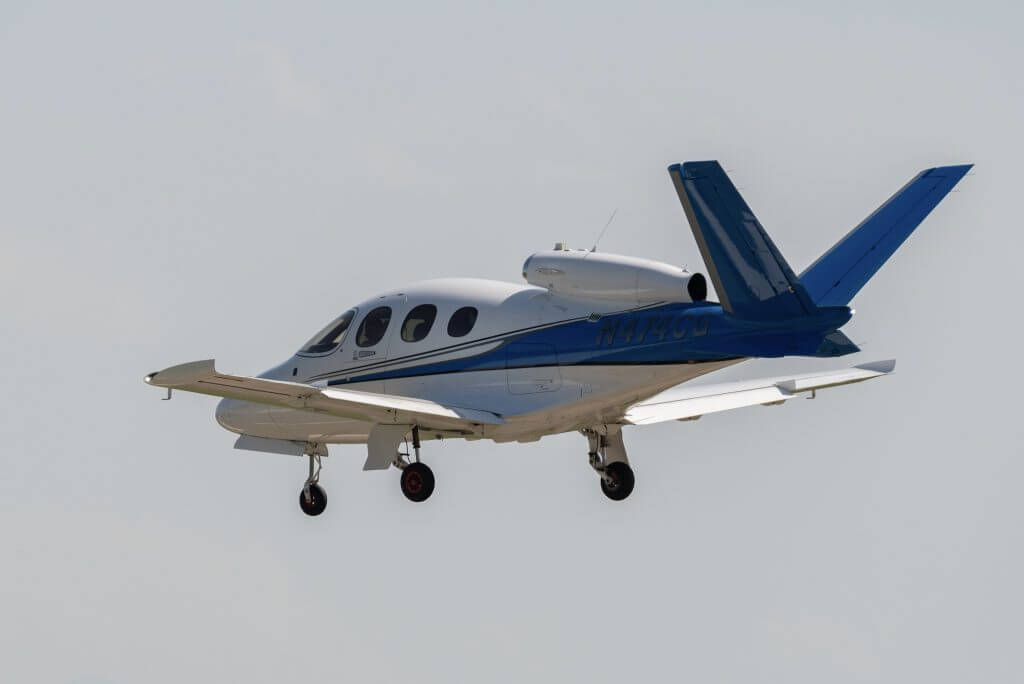The Cirrus Vision Jet (SF50) has redefined personal and business aviation. With its single-engine jet performance, built-in CAPS safety system, and full-glass avionics suite, the Vision Jet is fast becoming the aircraft of choice for entrepreneurs, professionals, and families who want jet-class capability in a more accessible package.
But what many new and prospective owners don’t realize is this:
Insuring the SF50 isn’t like insuring a piston aircraft.
At BWI, we’ve quoted dozens of Vision Jets, and we’ve seen the mistakes that slow down policies, raise premiums, and put owners at unnecessary risk.
Here’s what you need to know, before you fly.
Why Vision Jet Insurance Is Different
Cirrus aircraft have always been known for their safety innovations, but the SF50 raises the bar.
It’s:
• Turbine-powered
• Pressurized
• Type-rated
• Equipped with the CAPS parachute system
That means underwriters treat this like a true turbine-class aircraft. The application is more involved. The number of carriers who quote this risk is smaller. And the underwriting criteria is tighter.
What Underwriters Want to See
Before they quote your Vision Jet, underwriters will ask for:
• Your total time
• Time in jets (if applicable)
• Type rating certification
• Recent training (factory or sim-based)
• Aircraft use (personal, business, fractional)
• Hull value and liability limit requested
• Any prior claims or incidents
The way your broker structures and presents this information can be the difference between a fast approval—or a weeklong back-and-forth.
How to Get the Quote Process Started Early
Vision Jet quotes take longer than piston aircraft, usually 2–3 business days.
To get a head start:
• Submit your pilot time log (include SR22 or SR20 time too)
• Provide a copy of your type rating or expected training plan
• Clarify how you’ll use the aircraft: solo, with family, for business, or fractional ownership
• Confirm your hull value and airport location
We recommend starting your insurance submission 2–3 weeks before delivery. That way, you’re covered and clear before the aircraft even arrives.
Smooth Liability: What It Is & Who Qualifies
Smooth liability provides one combined coverage limit (usually $1,000,000) instead of splitting it across seats.
To qualify, most underwriters want:
• 1,500+ hours total time
• Recent factory-endorsed training
• A clean insurance and claims history
• A well-documented flight mission (Part 91)
Not everyone qualifies, but if you do, smooth liability is the gold standard.
Mistakes That Delay or Limit Your Quote
These are the top 5 issues we see with SF50 quote requests:
1. Submitting incomplete time logs
2. Not counting previous Cirrus experience
3. Leaving out training certificates or sim time
4. Using a generalist broker
5. Requesting multiple brokers to submit to the same carrier (creates confusion)
BWI’s Process for Vision Jet Insurance
We’ve built our quoting flow around the SF50.
When you work with BWI, we:
• Quote every turbine-class underwriter who writes Cirrus
• Present your training and experience properly
• Customize your quote based on your flight profile
• Return your full quote packet in 2–3 business days
• Guide you step-by-step from quote to policy issue
No fluff. No bundling gimmicks. Just expert-level insurance built for one of the world’s most advanced jets.
Ready to Insure Your Vision Jet?
If you’re buying or already flying a Cirrus SF50 Vision Jet, don’t settle for a policy that treats it like a big SR22.
Call BWI at (800) 666-4359 or click below to request your custom quote.
Continue Reading



